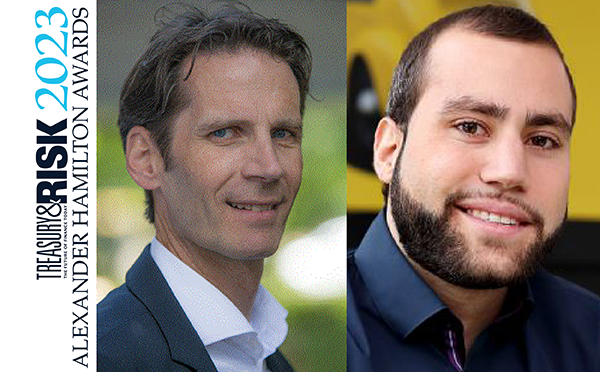 M&A activity, derailed for much of the recession, is back on track. In the first nine months of 2010, the aggregate dollar volume of global acquisitions increased 21%, to $1.75 trillion, according to Thomson Reuters, with the third quarter alone seeing the most mergers and acquisitions in any three-month period since the third quarter of 2008.
M&A activity, derailed for much of the recession, is back on track. In the first nine months of 2010, the aggregate dollar volume of global acquisitions increased 21%, to $1.75 trillion, according to Thomson Reuters, with the third quarter alone seeing the most mergers and acquisitions in any three-month period since the third quarter of 2008.
In the United States alone, 5,760 deals worth $595 billion were announced in the first nine months of last year, an increase of 18.6 % from the same period the previous year. Both the volume and dollar values of deals are expected to hold up during the first quarter of 2011. Last April 57% of executives polled by Ernst & Young said their businesses were “likely” or “highly likely” to acquire other companies in the next 12 months.

Complete your profile to continue reading and get FREE access to Treasury & Risk, part of your ALM digital membership.
Your access to unlimited Treasury & Risk content isn’t changing.
Once you are an ALM digital member, you’ll receive:
- Thought leadership on regulatory changes, economic trends, corporate success stories, and tactical solutions for treasurers, CFOs, risk managers, controllers, and other finance professionals
- Informative weekly newsletter featuring news, analysis, real-world case studies, and other critical content
- Educational webcasts, white papers, and ebooks from industry thought leaders
- Critical coverage of the employee benefits and financial advisory markets on our other ALM sites, PropertyCasualty360 and ThinkAdvisor
Already have an account? Sign In Now
*May exclude premium content© 2025 ALM Global, LLC, All Rights Reserved. Request academic re-use from www.copyright.com. All other uses, submit a request to [email protected]. For more information visit Asset & Logo Licensing.





